Invasives: Tawny Crazy Ants
Thursday, October 24th, 2013This is Passport to Texas
Texas has native crazy ants, but in 2002 when exterminator, Tom Rasberry, discovered a new species of the ant in Harris County, nobody knew what it was.
09— When this ant was found, the folks that looked at it couldn’t assign it any particular species at that time. And that’s why it was called the Rasberry Crazy Ant.
Eleven years later, TPW entomologist Michael Warriner, says researchers know a bit more.
09— Since then, it’s been determined that it is the tawny crazy ant, which is native to portions of central and south America.
These ants swarm in the millions, play foul with electrical wiring and make a general nuisance of themselves. Twenty five Texas counties currently
report populations of tawny crazy ants. But the ants didn’t arrive at these places on their own steam.
21—These ants are being aided in their dispersal by us. Because we’re transporting them in bags of mulch; in potted plants that are driven dozens – hundreds of miles away – and these ants are making it to places before they ever could actually on their own accord.
How to identify and prevent tawny crazy ant infestation – that’s tomorrow.
Funding provided in part by Ram Trucks. Guts. Glory. Ram.
For Texas Parks and Wildlife…I’m Cecilia Nasti.
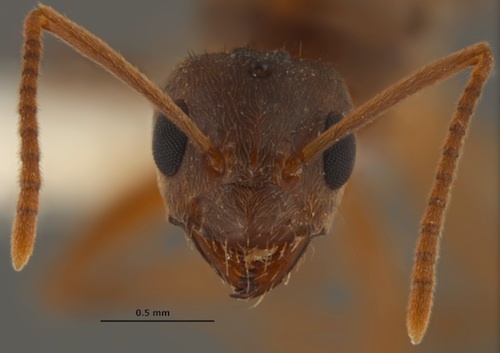

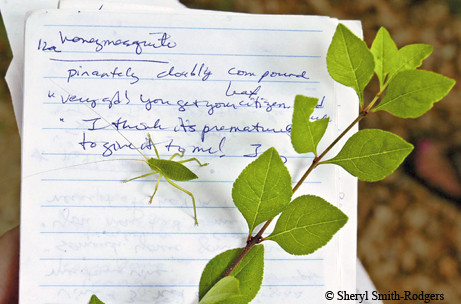
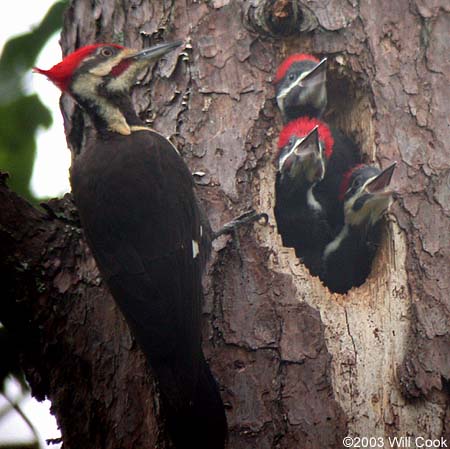
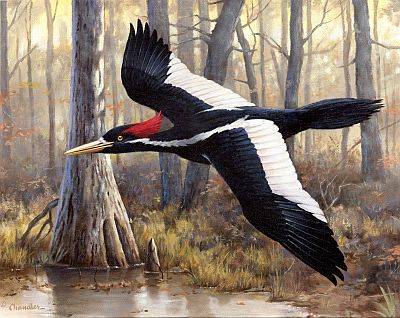
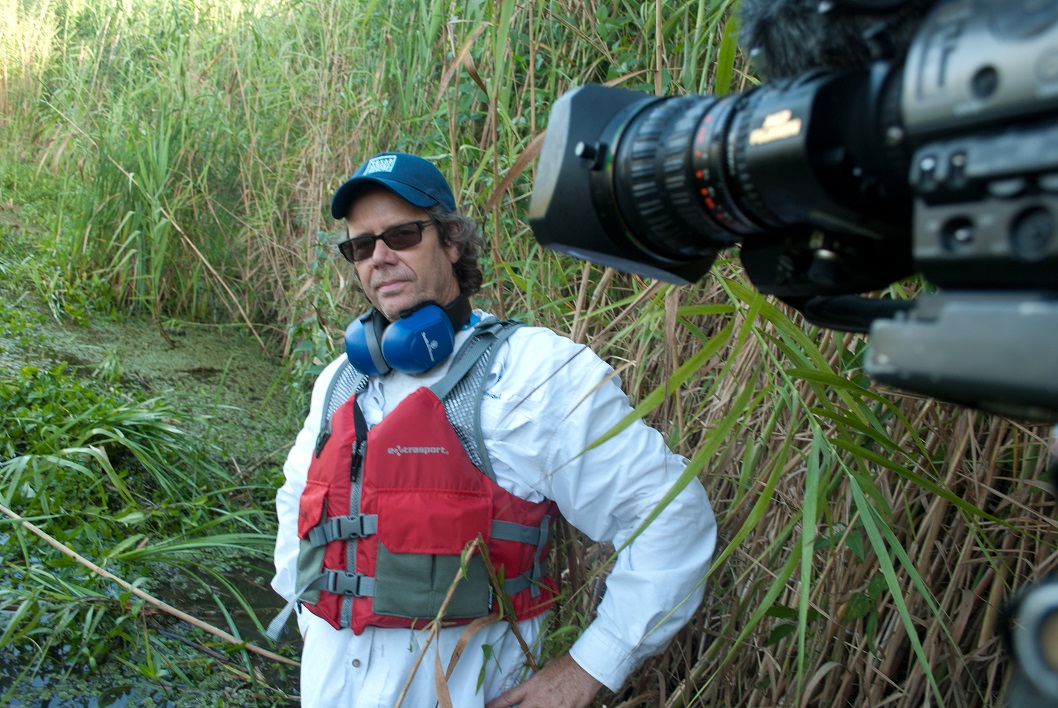

 Passport to Texas is a
Passport to Texas is a  Passport to Texas is made available by:
Passport to Texas is made available by: